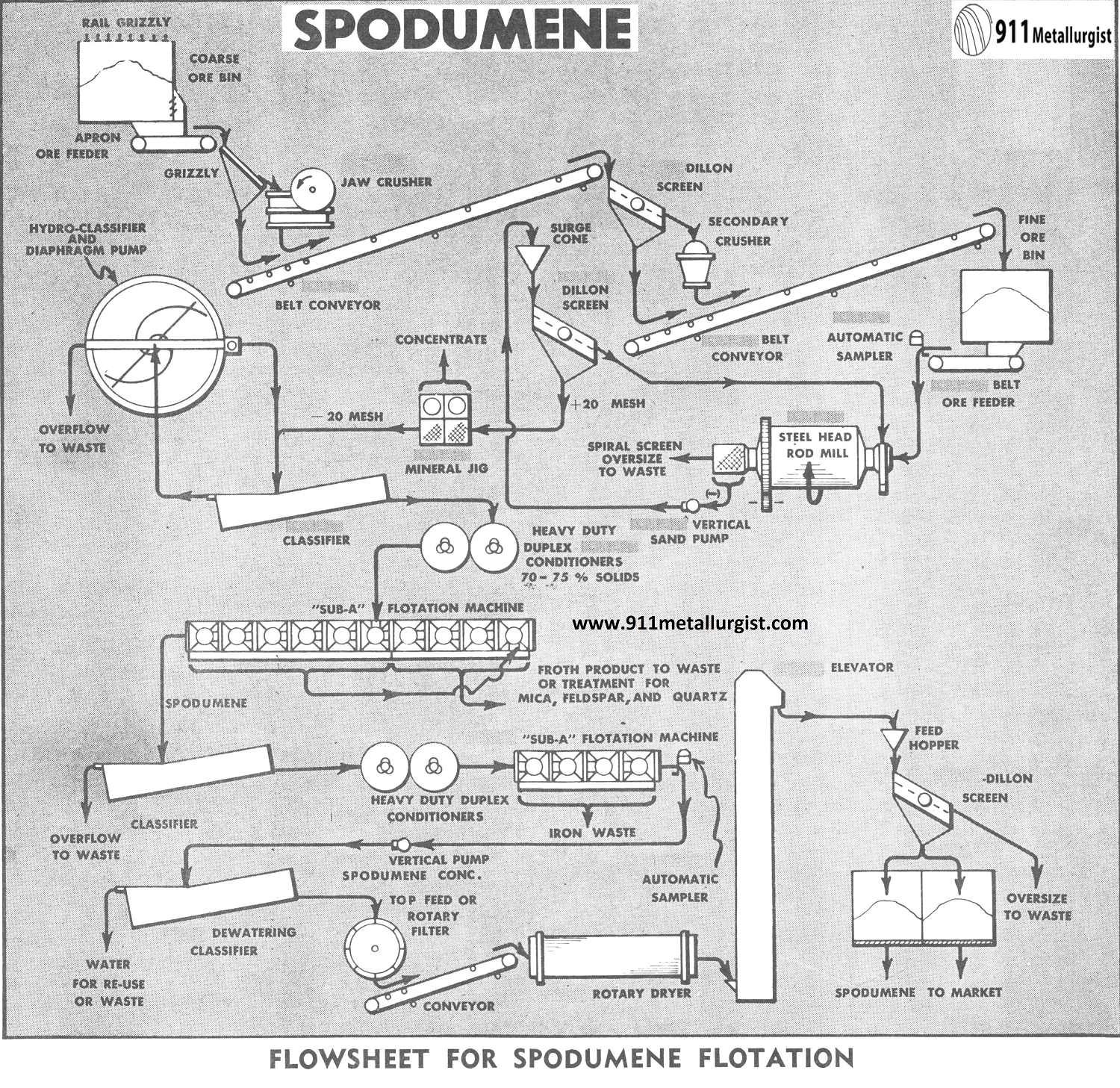Lithium is not rare.
From ChemistryWorld, September 6:
A world-beating deposit of lithium along the Nevada–Oregon border could meet surging demand for this metal, according to a new analysis.
An estimated 20 to 40 million tonnes of lithium metal lie within a volcanic crater formed around 16 million years ago. This is notably larger than the lithium deposits found beneath a Bolivian salt flat, previously considered the largest deposit in the world.
‘If you believe their back-of-the-envelope estimation, this is a very, very significant deposit of lithium,’ says Anouk Borst, a geologist at KU Leuven University and the Royal Museum for Central Africa in Tervuren, Belgium. ‘It could change the dynamics of lithium globally, in terms of price, security of supply and geopolitics.’
New in situ analysis reveals that an unusual claystone, composed of the mineral illite, contains 1.3% to 2.4% of lithium in the volcanic crater. This is almost double the lithium present in the main lithium-bearing clay mineral, magnesium smectite, which is more common than illite.
Some unusual conditions created what could be a uniquely rich volcanic deposit. The crater – the McDermitt caldera – formed 16.4 million years ago when around 1000km3 of magma exploded outwards. The caldera was filled with erupted products of an alkaline magma rich in sodium and potassium, as well as lithium, chlorine and boron. This quickly cooled to form a finely crystalline glassy volcanic rock, ignimbrite, which weathered to produce lithium-rich particles.
A lake subsequently formed in the crater, persisting for hundreds of thousands of years, with weathered volcanic and surrounding materials forming a clay-rich sediment at its bottom. The new analysis suggested that, after the lake had emptied, another bout of volcanism exposed the sediments to a hot, alkaline brine, rich in lithium and potassium....
....MUCH MORE
It's always in the last place you look.
And the volcanism-water recipe sounds a bit like the procedure for extracting lithium from hard-rock spodumene. See 911 Metallurgist: Processing Spodumene by Froth Flotation for Lithium Extraction

....Now, if you will excuse me I will explore the energy intensity of roasting spodumene vs. other extraction methods. (it's pretty energy intensive, to effect the phase transformation from α-spodumene to β-spodumene you have to crank the oven up to 1050°C, then acid wash it, then roast it again at 200°C. Season to taste and wow your guests)
If interested see also "Oxford Uni. Boffins Say It's Time To Start Mining Volcanoes For Copper"